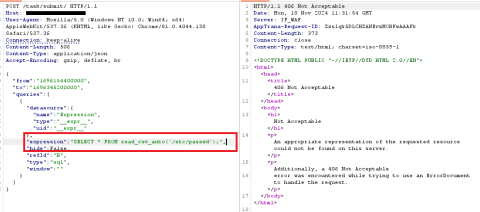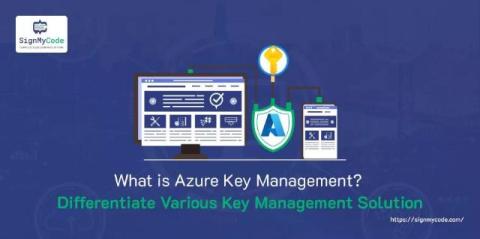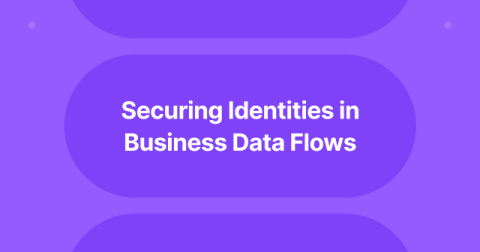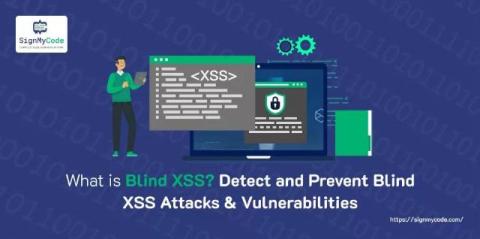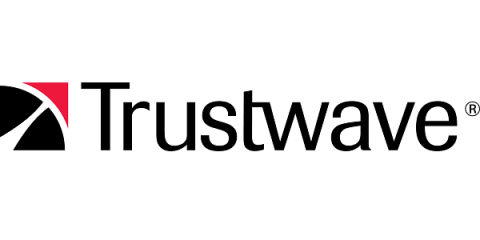Ask the Experts: Black Friday Bot Attacks
As Black Friday approaches, retailers are gearing up for the inevitable surge in online traffic. But cybercriminals are also preparing for this high-stakes season, fine-tuning their bot attack strategies to exploit inventory, pricing, and customer accounts. To shed light on these threats and what retailers can do to prepare, we consulted five experts from Netacea who shared their insights on the bot attack landscape during Black Friday and beyond.




